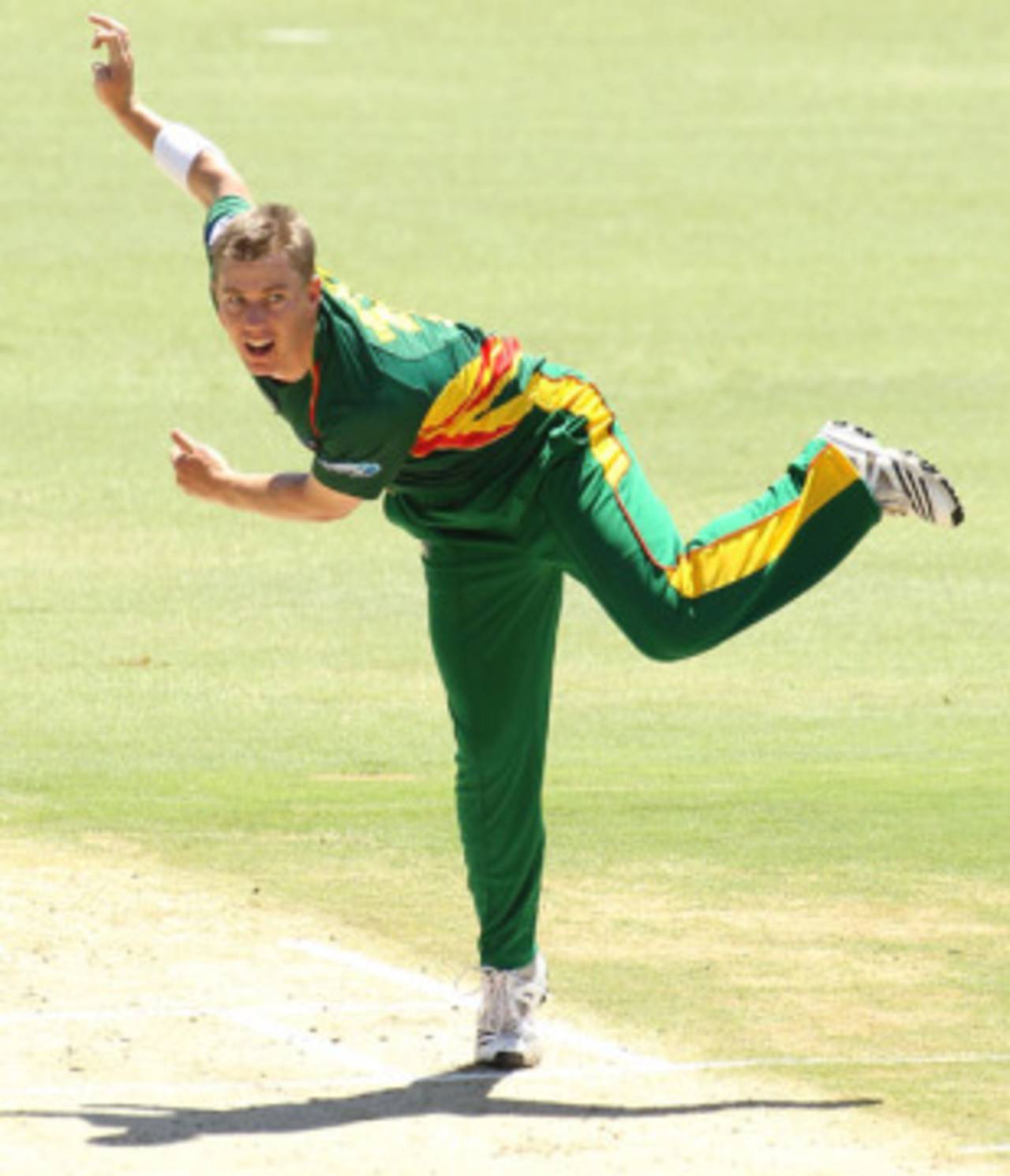Australian cricket carried out its first experiment with the
split-innings format - two innings of 20 overs each - in a practice game between South Australian Redbacks and Tasmanian Tigers at the Marrara Oval in Darwin on Tuesday. The initial verdict from the two coaches, who set up the match to trial Cricket Australia's new proposed format for the first-class limited-overs game, was a generation gap of sorts: it was more popular with the younger players.
The Tigers won by six wickets and 8.3 overs to spare with Tasmania coach Tim Coyle saying the trial had showed up the pluses and minuses of the new proposals. Player response to the new format had been diverse and Coyle told Cricinfo: "There was some skepticism from the guys who have been around for a long time while the young guys were quite excited by it."
Acting Tigers captain Xavier Doherty told AAP: "There are probably a few blokes a bit shirty about having this split innings (format), but without trialing it no-one's going to know what it's going to throw up, so the only way to go is to try it and see what happens."
For the support staff, Coyle said the format had made teams think more about the tactics to be employed and the teams to be picked. What the team found challenging, Coyle said, was the "stop and start" for the batting line up but added "it is something good sides will find a way to get used to. Even though one game is not the ideal example, you can see that a team would need batting depth and bowling options."
The most obvious danger of the split-innings format, in terms of renewing public interest in limited overs, would arise from a big discrepancy in scores after the first round of twenty overs. If in reply to a first 20-over split of 2-130 the opposition were at 6-60, the spectators would be presented with a repetition of the tedious kind of middle overs of the 50-over game.
Preparation for the split-over innings trial game, Coyle said, was in no way different to a normal 50-over game. After the match, though, key issues around the pattern of play came into focus. Overs no. 17-20 were seen as overs of containment to the bowling side as the batsmen tended to focus on going into their break losing fewer wickets.
The Marrara Oval wicket today turned out to be on the slower side where run-making was not fluent, both teams were careful in their first 20 overs each.
The Redbacks won the toss and scored 4-87, to which the Tigers responded with a 4-77 effort, which according to Coyle, was where they wanted to be. The Redbacks were bowled out for 145, the Tigers chasing down the target without losing a wicket and overs to spare. The match was played 12-a-side along with the split fielding restrictions: two outside the circle for the first five overs in both innings, four outside the circle from overs no. 6-20 and five out from overs no. 26 to 50.
The most radical CA proposal to have a 'super-striker' who could bat twice was, however, not tried out, with Doherty telling AAP he thought it would "de-value the competition a little bit and make it a little bit too Mickey Mouse." Both sides believed "it was worth having a go at the split innings," said Coyle. "We might as well try this because when it gets into place in the future, we'll be at a slight advantage."
The teams would be giving Cricket Australia an informal de-brief, in the run-up to the CA Playing Conditions Committee meeting later this week.
The Tigers and the Redbacks were based in Darwin as part of pre-season training. They played matches against a visiting Maharastra Cricket Association squad and a round of T20s and 50-over games against each other before Tuesday's trial game. The Redbacks will be competing in the Champions League Twenty20 2010.
Sharda Ugra is senior editor at Cricinfo
